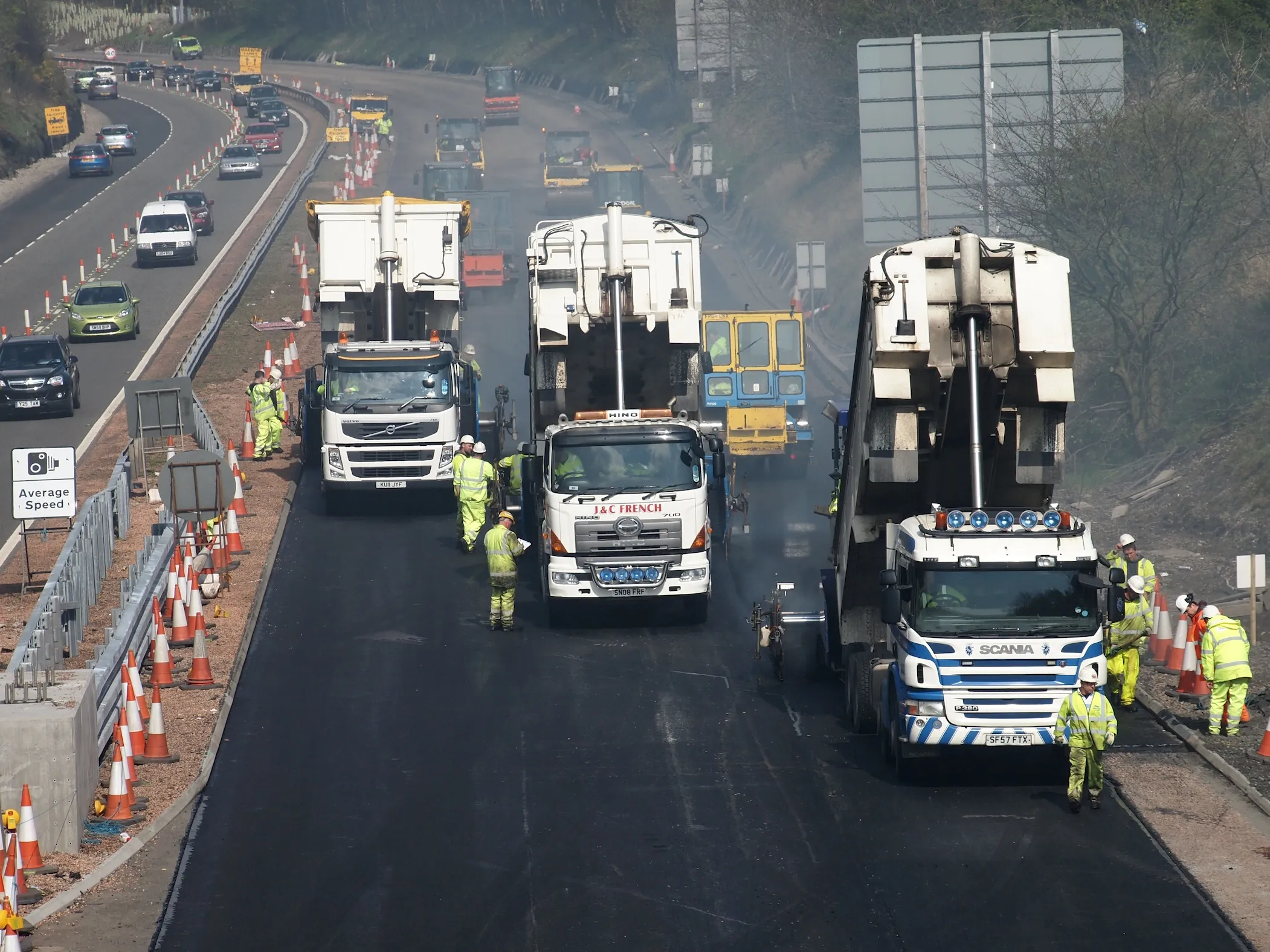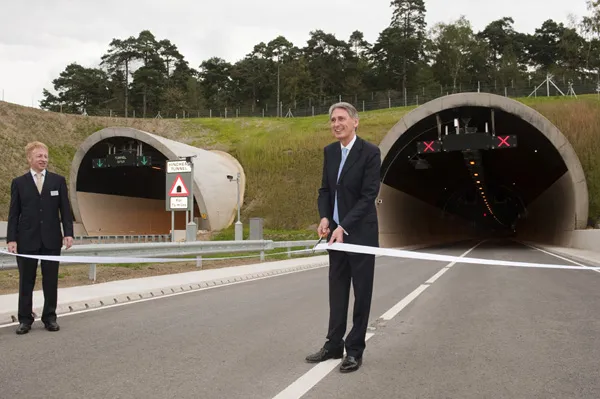Balfour Beatty Mott MacDonald has used Klaruw’s advanced longitudinal grooving system, GrooveTex, to retexture sections of concrete surface on the M20 motorway in the county of Kent, UK.
The GrooveTex system improves and restores surface skid resistance by creating micro longitudinal grooves using closely spaced diamond tipped saw blades at a predetermined width and depth. GrooveTex is based on the diamond grinding principle.
GrooveTex adjusts to and follows the profile of the surface. The surface lev
June 10, 2015
Read time: 2 mins
The GrooveTex system improves and restores surface skid resistance by creating micro longitudinal grooves using closely spaced diamond tipped saw blades at a predetermined width and depth. GrooveTex is based on the diamond grinding principle.
GrooveTex adjusts to and follows the profile of the surface. The surface levels after treatment remain the same as the surrounding surface. This avoids the need for removal and reinstatement of road markings, road studs or ironwork.
Productivity is also significantly higher thanks to a generous retexturing width of 2m per machine, the widest of any diamond grinding machine in commercial use in the highways market. A full lane width can be treated in one pass using two GrooveTex machines in echelon.
The benefits mean that the GrooveTex treatment incurs substantially lower costs compared to competing traditional diamond grinding systems.
Umesh Parajuli, Senior Pavement Engineer at Balfour Beatty Mott MacDonald, said: “We have chosen the GrooveTex system for trials on the M20 to improve skid resistance and texture depth of the concrete surface through value management. This is a new technique in the UK which has potential for wider use on UK road networks following its successful application here. It is a good example of an innovative and sustainable process to improve safety of the road network that we can introduce with confidence to provide excellent value for money for our client.”
Unaffected by wet weather, Klaruw successfully completed the GrooveTex treatment within the specified timeframe and with minimal disruption to motorway users. The system also has the potential to reduce road/tyre noise levels generated by concrete.
“We continue to engineer cost-effective, carbon-reducing retexturing treatments that work in all weathers to restore the skid resistance of existing surfaces and extend asset life,” said Martin Leech, managing director of Klaruw RMS. “GrooveTex complements our established retexturing systems, including KlaruwTex190 bush hammering, as we prepare for record demand this year for their environmental, cost-saving and maintenance programming benefits.”








